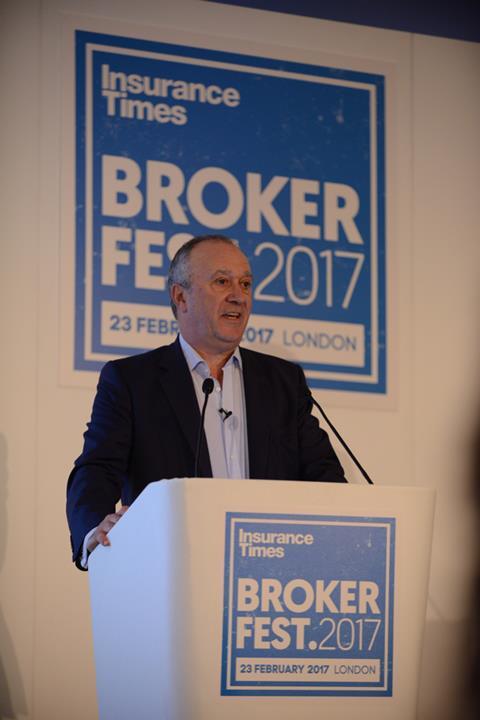Lloyd’s motor insurer takes big charge to prepare for discount rate impact

ERS has taken a £10m hit to its 2016 profit to prepare for the impending cut to the personal injury discount rate.
The Lloyd’s motor insurer stayed in profit overall thanks to a big jump in investment returns. But the discount rate impact pushed the company into underwriting loss, with a combined operating ratio (COR) of 102.3% (2015: 99.8%).
ERS 2016 results at a glance
| 2016 | 2015 | change (%/points) | |
|---|---|---|---|
| Trading profit (£m) | 1.7 | 6 | -71.7 |
| COR (%) | 102.3 | 99.8 | 2.5 |
| Gross written premium (£m) | 406 | 394 | 3.0 |
| Investment return (£m) | 10.1 | 1.7 | 494.1 |
| Profit excluding Ogden hit (£m) | 11.7 | 6 | 95.0 |
| COR excluding Ogden hit (%) | 99.7 | 99.8 | -0.1 |
ERS has boosted its reserves to account for the discount rate, also known as the Ogden rate, being lowered to 1% from its current level of 2.5%. This puts it in line with Ageas and Zurich, which have both started setting their reserves based on a 1% discount rate.
ERS made a trading profit of £1.7m in 2016, but said it would have made an £11.7m profit in the year if it had not taken the discount rate hit. This would have been almost double the £6m profit it made in 2015.
The company also said that its 2016 COR would have been a profitable 99.7% without the hit.
Investment jump
A big jump in investment returns shielded ERS from making a loss after the discount rate hit. The company’s investments produced a £10.1m return in 2016, compared with just £1.7m in 2015.
The company was also able to grow the business, with gross written premium increasing by 3% to £406m (2015: £394m).
Chief executive Ian Parker said: “2016 was a tough year for all insurers and ERS is no exception. Whilst the company made progress in all lines across the [profit and loss account], the subsequent adjustments required to accommodate the Ogden rate change masks this in these results.
“I am very pleased to say though that the impact was not so severe that it has put us into reporting a loss. While we still have some way to go to achieve our mid-term goal of a combined ratio of 90% I remain confident we have the people, ambition, strategy and plans for us to achieve that.”
He added: “2017 is going to be another busy year with opportunities for growth continuing to come from specialist lines as ERS’s reputation in these markets grows. Our focus remains on delivering year on year growth of the business while moving closer towards our target 90% combined ratio.”
Tough conditions
ERS said the motor market overall was tough in 2016 because of “substantially higher than expected” repair cost inflation.
Repair costs were inflated by the rising cost of imported parts because of the Brexit vote’s effect on exchange rates and the increasing cost and complexity in the materials and repair processes used in modern cars, the insurer said.
But it added that the exit of some offshore and unrated insurers from the market, such as Gable and Enterprise, created growth opportunity for ERS and that the insurer had “selectively targeted profitable sections of these books”.
The company added: “There is an expectation that there will be further failures during 2017 as the requirements of Solvency II and the discount rate change take effect.”







































No comments yet